Nowadays, a lot of us are still using the typical hard disk drive as our primary storage, or even the OS drive. While some, specially the Ultrabook users, are already enjoying the benefits of a solid state drive (SSD), it may take a while before SSD totally replaces HDD. Today, we are going to look at the Seagate Desktop SSHD 4TB (ST4000DX001), a hybrid drive that offers the capacity of a hard drive and a speed which is somewhat faster than your usual hard disk drive. Seagate’s Desktop SSHD (Solid State Hybrid Drive) is basically geared towards PC gaming and high-performance desktop applications. It’s significantly cheaper than a full pledge SSD, and it offers much higher capacity (up to 4TB). For those who are unfamiliar with a hybrid drive, it’s basically a 3.5-inch hard drive, with spinning platters inside, but is integrated with a NAND chip that boosts the hard drive’s read/write performance. Seagate has already released some hybrid drives before, like the Momentus XT, now replaced with the Desktop SSHD series. Before we proceed with the review, I’d like to thank Seagate for providing the hybrid drives for the purpose of this review.
Seagate Desktop SSHD 4TB Review
The Seagate Desktop SSHD series, which is composed of models ST4000DX001 (4TB), ST2000DX001 (2TB) and ST1000DX001 (1TB), are the company’s latest hybrid drives. They replaced the previous Momentus XT drives offering larger capacity and better technology features. Basically, Seagate’s SSHD is geared towards PC gamers and users who are looking for a high-performance hard drive offering larger capacity at a much affordable price range compared to full pledge SSDs.
If you have read Seagate’s site regarding their SSHD, they mentioned that it performs up to 5x faster than a 7200 RPM desktop hard drive (as measured by PCMark Vantage storage benchmarking software). That line is somewhat tricky, because many people might take it literally. For example, if a 7200RPM hard disk drive has a read/write speed of around 130MB/s, then five times of that is already 650MB/s which is already beyond the limit of a SATA 6 Gbps interface, and it’s even faster than any SATA III based SSD. Well, it’s not like that. In terms of sequential read / write speed, it’s not actually 5 times faster than a 7200RPM hard drive, but it is faster than your typical 7200RPM hard drive. We’ll get into that later on the benchmark section.
The Seagate SSHD 4TB ST4000DX001, in reality, only has a spinning speed of 5900RPM. But with the help of the 8GB MLC NAND flash incorporated into the drive, and with Seagate’s Adaptive Memory technology, the SSHD is able to improve overall system responsiveness, application loads and improved boot times.
“When Seagate introduced SSHD technology, the company created a set of advanced algorithms to track data usage and prioritize frequently used data for storage in the fast, solid state portion of the device. These algorithms, which form the basis of Adaptive Memory technology, were designed to change data priorities as different applications requested new data over time.
Implemented inside of the Seagate SSHD via firmware, Adaptive Memory technology is also referred to as self-learning technology. This is because the SSHD makes intelligent determinations about which data to store in NAND flash memory, without any influence from the host or related storage device drivers. Adaptive Memory technology works by identifying data elements that are important for enhanced host-level performance and promoting such data elements from HDD storage to NAND flash memory.
Because it works entirely within the drive, Adaptive Memory technology has first-hand knowledge of the data elements that are best handled by solid state memory versus traditional HDD storage, and can promote data to NAND flash memory based on this knowledge. For example, data elements associated with booting, restarting and hibernating a computer, in addition to other frequently requested data, are prioritized for storage in solid state memory. However, data elements associated with long, sequential data strings, such as in video or audio data files, do not benefit from being stored in NAND flash.”
If you want to learn more regarding Seagate’s Adaptive Memory Technology, you can read more about it here.
Another question that may come into your mind is if the NAND flash improves the overall performance of the hard drive, why only use 8GB? Why not higher than 8GB? According to Seagate, for the majority of computer users the 8GB of NAND Flash is enough. “Most computer workloads rely on a relatively small amount of the total data stored to achieve performance. This is a key concept behind all forms of hybrid storage and is explained by the fact that common personal computer applications—word processing, email, spreadsheets and many other client- or cloud-based applications—do not depend on large or frequently changing data sets.”
However, this is not a perfect solution. An exemption is when dealing with high-definition video editing and computer-aided design since these two use large and rapidly changing data sets.
Using the Seagate Desktop SSHD is very easy and does not require any additional software to work properly. Like any other hard drives, you only need to connect it to your motherboard via SATA III 6Gbps interface, format the drive and you are good to go. You can use this drive as an OS/boot drive or as your storage, application or game drive.
Other features of the Seagate Desktop SSHD includes Self-Monitoring, Analysis, and Reporting Technology (S.M.A.R.T.), Native Command Queuing, Advanced Power Management, 48-bit Address, Read Look-Ahead, Write Cache, Host Protected Area, Device Configuration Overlay, Firmware Upgradable and Security Mode.
When I first introduced or mentioned Seagate’s SSHD to some of my friends, they were wondering what kind of storage is that. Honestly, most of them think that it’s a larger version or a 3.5″ version SSD. I told them that it’s basically a hard drive just like any hard drive, but comes with a NAND Flash that boosts the drive’s performance.
Looking at the drive, it’s very similar with all 3.5″ hard drives. Well not exactly 100% similar since other manufacturers have a slightly different design, like the curves and edges. Also it’s not a hard drive overlaid with an SSD. You can’t see the 8GB NAND chip since it’s hidden under the drive’s PCB, together with the controllers and other components. The internal part of the SSHD is still composed of platters and heads. Just like any SATA-based hard drive, you will see on the same spot the SATA data and power connectors. There’s also a 4-pin connector, probably use for firmware upgrading or diagnosing the SSHD, I’m not sure on that.
Below is the SSHD’s complete specification table together with the 2TB and 1TB models. Then let’s see how Seagate’s SSHD performs on the next page.
Seagate Desktop SSHD Specifications
Below are the complete specifications of the Seagate Desktop SSHD, including the 2TB and 1TB capacity.
| Specifications | 4TB | 2TB | 1TB |
|---|---|---|---|
| Model Number | ST4000DX001 | ST2000DX001 | ST1000DX001 |
| Interface | SATA 6Gb/s NCQ | SATA 6Gb/s NCQ | SATA 6Gb/s NCQ |
| Performance | |||
| NAND Type/Size | MLC/8GB | MLC/8GB | MLC/8GB |
| DRAM Cache (MB) | 64 | 64 | 64 |
| SATA Transfer Rates Supported (Gb/s) | 6.0/3.0/1.5 | 6.0/3.0/1.5 | 6.0/3.0/1.5 |
| Seek Average, Read (ms) | <12 | <9.5 | <8.5 |
| Seek Average, Write (ms) | <12 | <9.5 | <8.5 |
| Average Data Rate, Read, Avg All Zones (MB/s) | 146 | 156 | 156 |
| Average Data Rate From NAND Media (MB/s) | 190 | 190 | 190 |
| Max Sustained Data Rate, OD Read (MB/s) | 180 | 210 | 210 |
| Configuration / Organization | |||
| Heads/Discs | 8/4 | 4/2 | 2/1 |
| Bytes per Sector | 4,096 | 4,096 | 4,096 |
| Reliability/Data Integrity | |||
| Load/Unload Cycles | 300,000 | 300,000 | 300,000 |
| Non-recoverable Read Errors per Bits Read, Max | 1 per 10 | 1 per 10 | 1 per 10 |
| Annualized Failure Rate (AFR) | <1% | <1% | <1% |
| Power Management | |||
| Operating, Typical | 7.5 W | 6.7 W | 5.9 W |
| Idle2, Typical | - | 4.5 W | 3.36 W |
| Idling, Typical | 6.2 W | - | - |
| Standby Mode | 0.75 W | 0.75 W | 0.63 W |
| Sleep Mode | 0.75 W | 0.75 W | 0.63 W |
| Environmental | |||
| Operating | 0 to 60 °C | 0 to 60 °C | 0 to 60 °C |
| Non-operating | -40 to 70 °C | -40 to 70 °C | -40 to 70 °C |
| Physical | |||
| Height (in/mm) | 1.028/26.11 | 1.028/26.11 | 0.782/19.87 |
| Width (in/mm) | 4.0/101.6 | 4.0/101.6 | 4.0/101.6 |
| Depth (in/mm) | 5.787/146.99 | 5.787/146.99 | 5.787/146.99 |
| Weight (lb/g) | 1.345/610 | 1.18/535 | 0.88/400 |
| Carton Unit Quantity | 20 | 20 | 25 |
| Cartons per Pallet | 40 | 40 | 40 |
| Cartons per Layer | 8 | 8 | 8 |
The specifications table above doesn’t really tell you how fast the drives are. Let’s proceed on the next page and see how the Seagate Desktop SSHD performs.

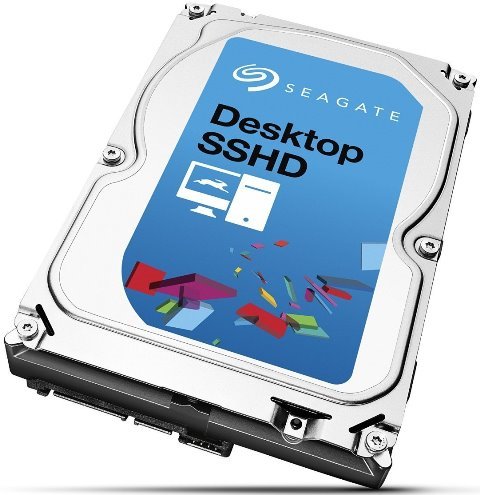
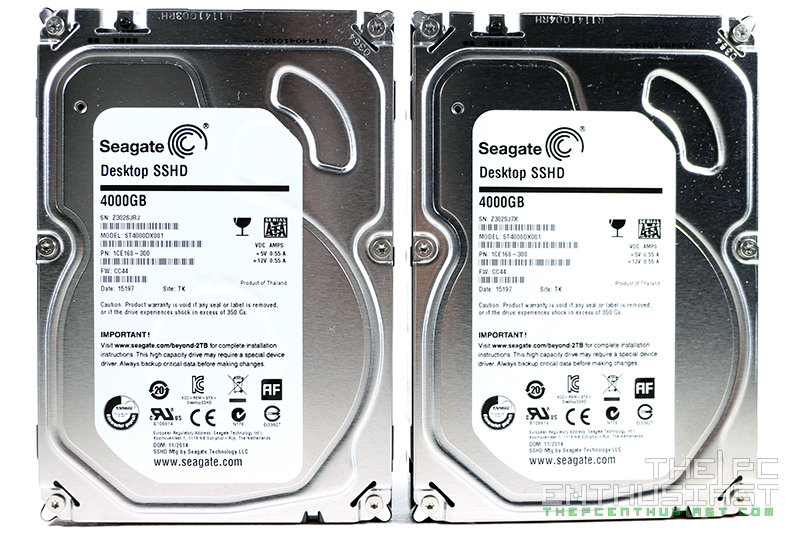
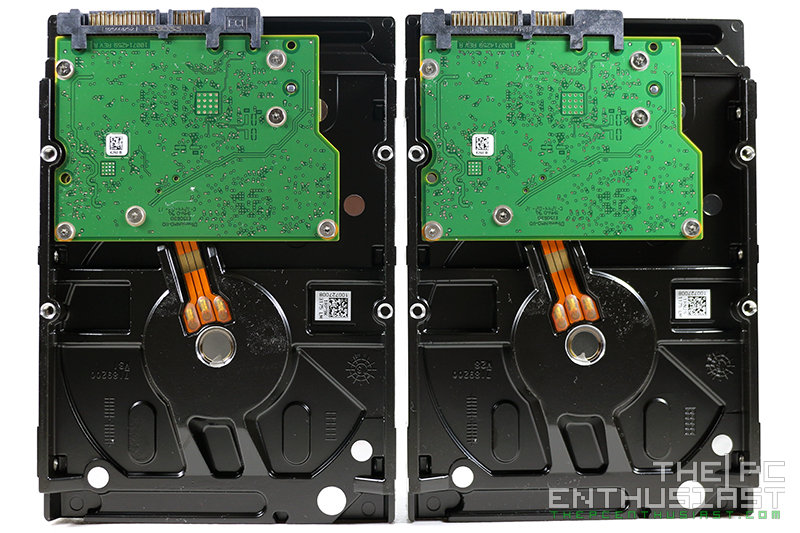
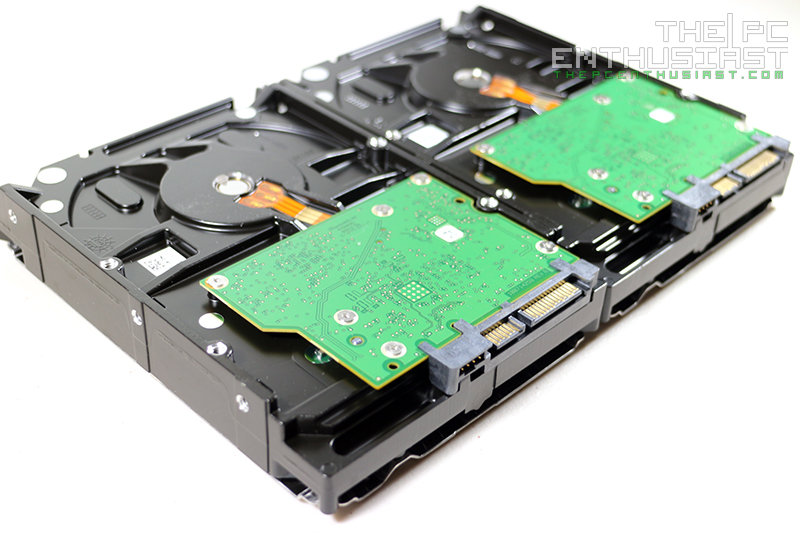
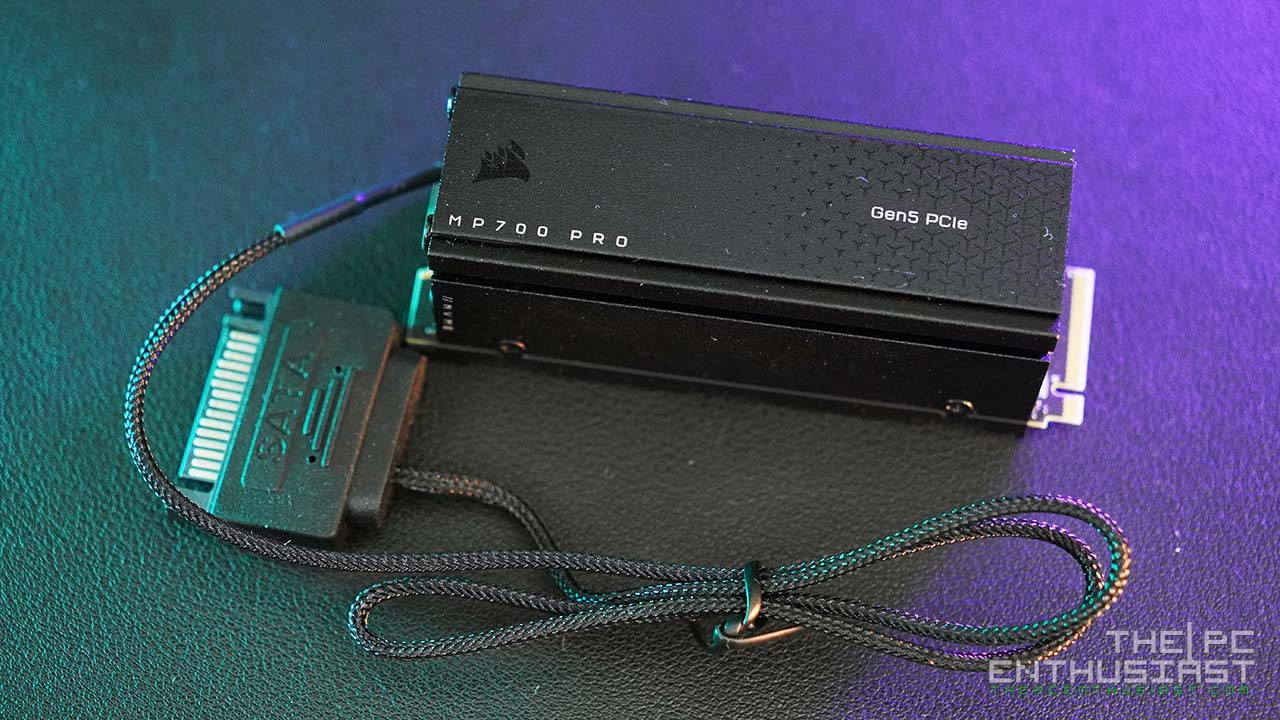
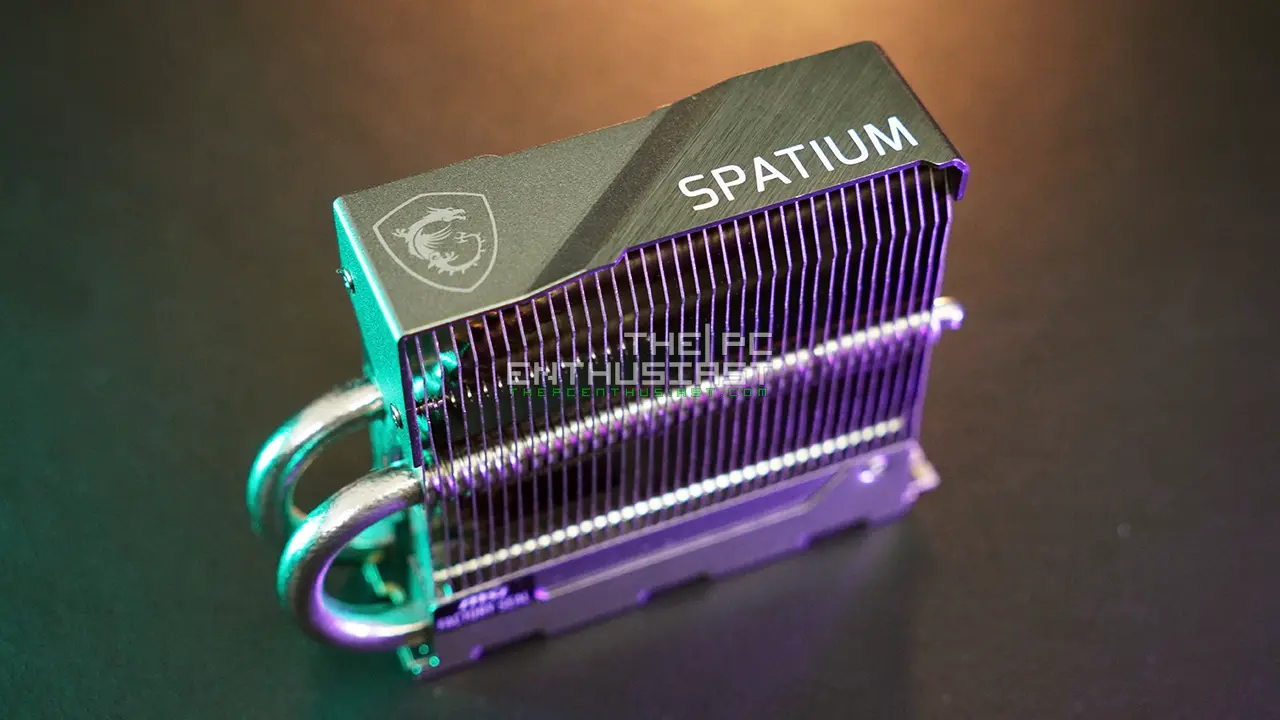
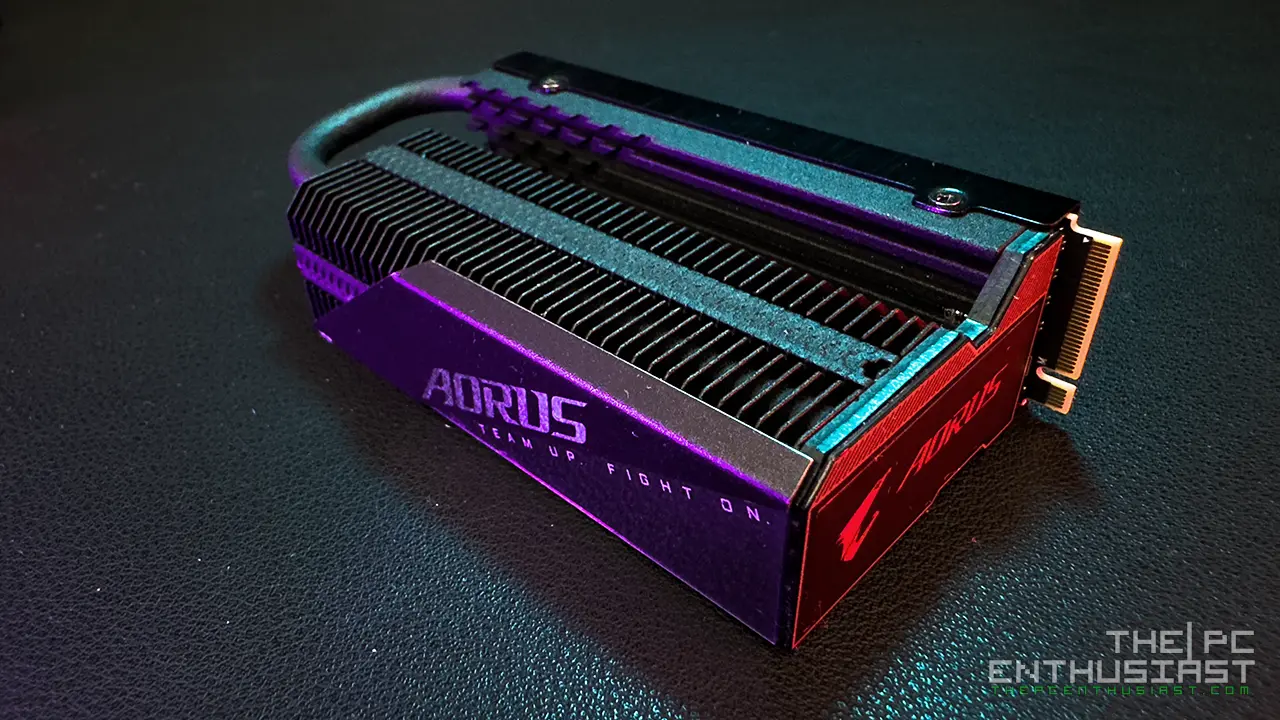
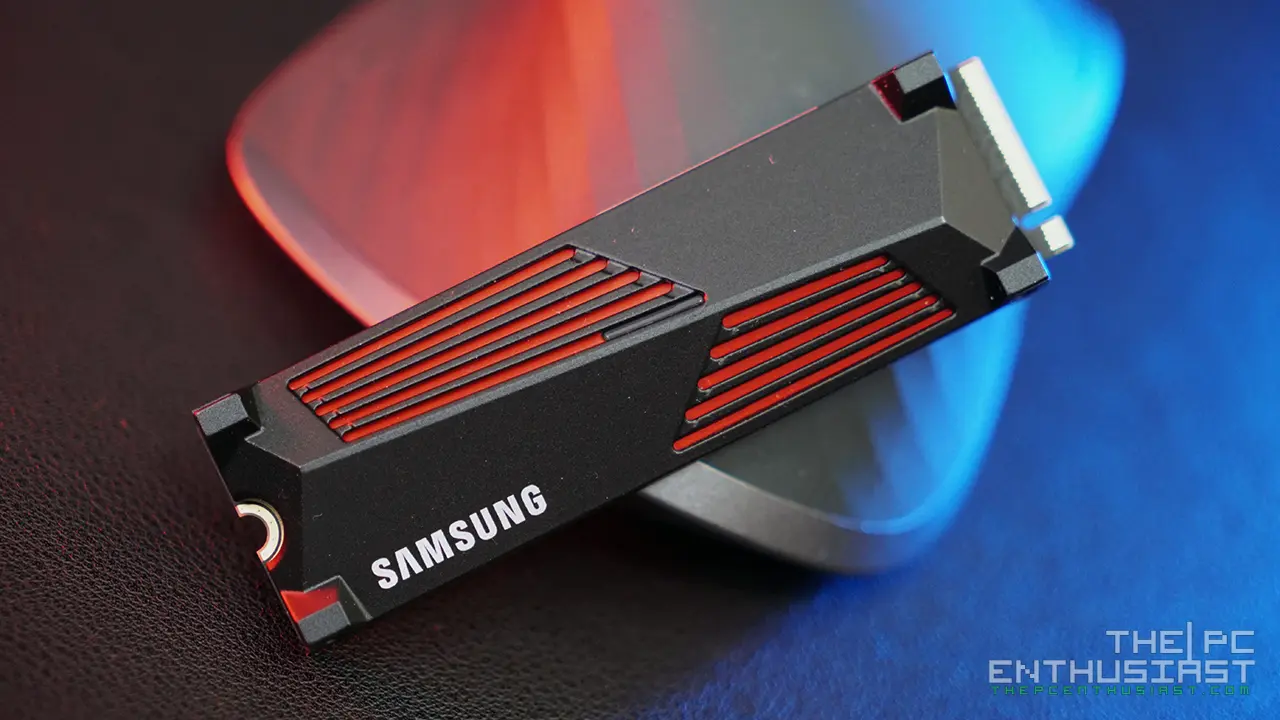
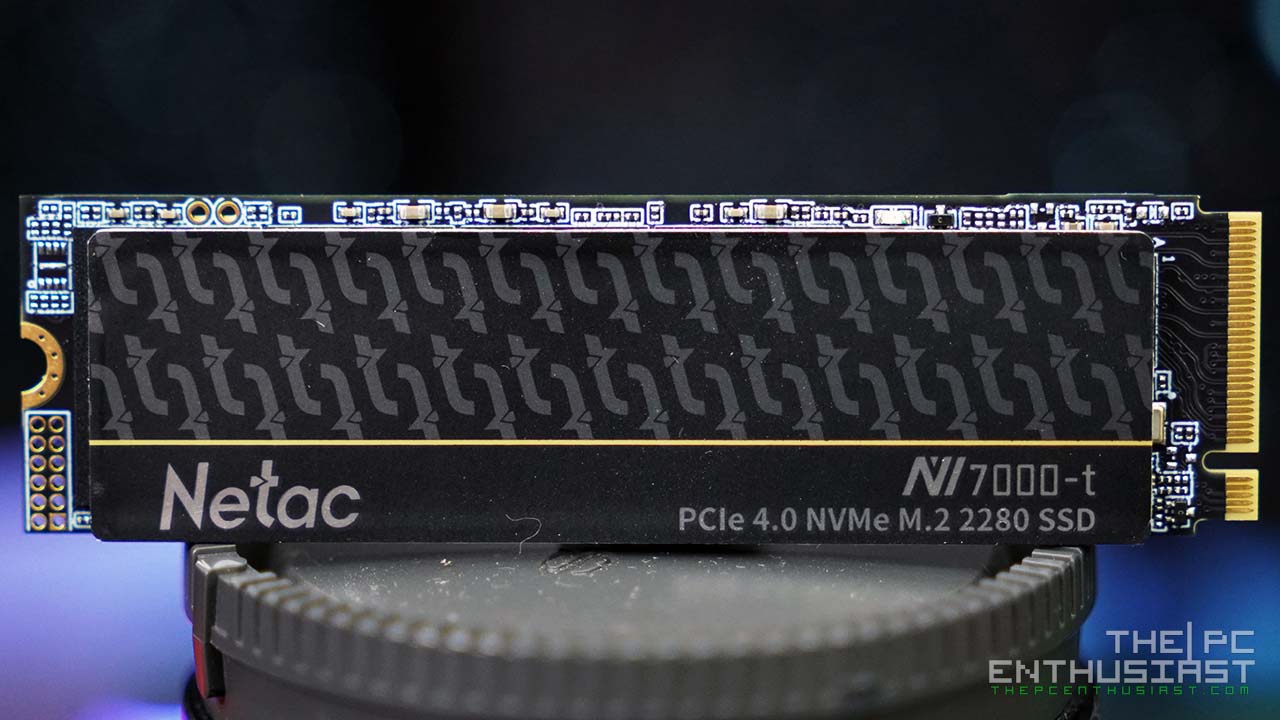
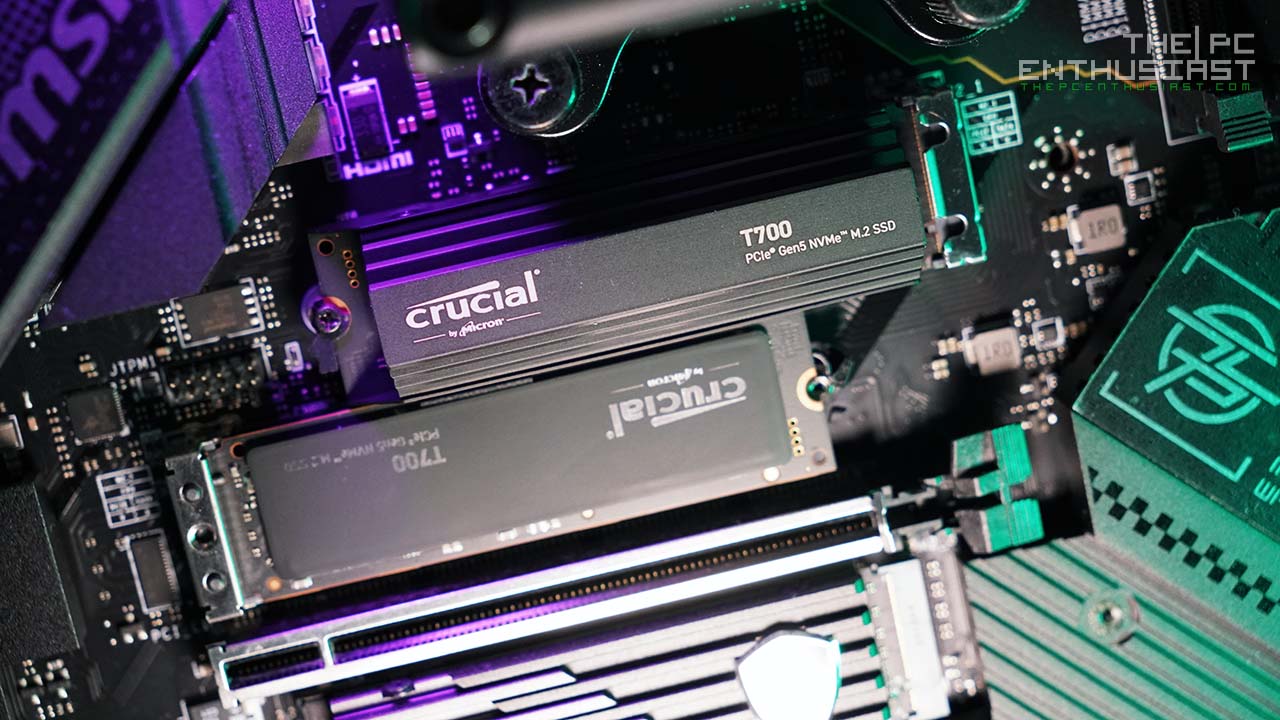

Smoke and mirrors. The tests are not designed for dealing with SSHD drives in a RAID or otherwise.
yes there are more appropriate test for RAID 0 for the SSHD. But just to give you an idea how these drives perform on RAID 0 mode. These SSHD drives are quite tricky to benchmark actually. However, at this point in time it may not be a good solution to put these two drives in RAID 0 mode. Newer seagate drives are faster even without the help of nand chips. Not just Seagate, WD and HGST as well.
You can’t test a SSHD using a benchmark, the drive learns what files are used often… meaning that if you use a new file wich is what a benchmarking tool does, you won’t use The nand at all and you are only testing the HDD part. You need to open say Photoshop 8 times for it to learn what files to cache into the nand. and each time you launch it it should reduse the time more and more until you can’t make it faster.
You are correct. The benchmark is provided to give us a glimpse of its performance. That’s why we are seeing some lower than expected performance on some tests because the drive hasn’t “learned” or got familiar with the files being processed. The Seagate SSHD is already an older product and currently we see newer drives (that are not SSHD) that are faster or on par with this one. And with the prices of SSDs going lower and lower, I don’t see SSHD as an attractive solution anymore. I normally would go for an SSD + HDD setup instead.